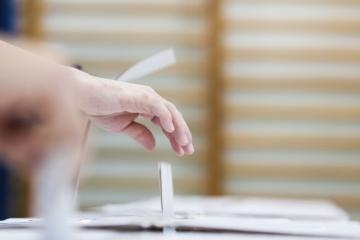The arrival of British settlers in the late 18th century resulted in widespread violence, dispossession, and the imposition of European values and institutions. Aboriginal people were forcibly removed from their ancestral lands and pushed to the border of society, disrupting their cultural practices and mob ties. As Sydney has developed into a rushing metropolis, Aboriginal communities faced further displacement due to urbanisation and the expansion of infrastructure projects. Many Aboriginal families were relocated to government housing estates on the outskirts of the city, away from their traditional lands and cultural networks. This physical separation from their cultural roots contributed to a sense of dislocation and isolation among Aboriginal residents.
The loss of language and cultural practices is a significant aspect of cultural disconnection among the Aboriginal population which has stemmed from the stolen generation. With each generation, fewer Aboriginal people are fluent in their traditional languages, leading to a loss of linguistic diversity and ultimately, cultural knowledge. Similarly, traditional customs, ceremonies, and storytelling practices have been increasingly marginalized in city environments, as urban lifestyles and Western influences take priority. This presents a significant cultural challenge for UTS, situated in the city centre where Aboriginal people are often distant from their communities, leading to a loss of cultural knowledge during upbringing and
childhood.
Despite the challenges, Sydney’s Aboriginal community demonstrates remarkable resilience and a commitment to preserving and revitalizing their cultural heritage. Grassroots initiatives, such as cultural revitalization programs, language classes, and community-led events, play a vital role in strengthening cultural connections and fostering a sense of pride and belonging among Aboriginal residents. Additionally, partnerships between Aboriginal organizations, government agencies, and non-profit groups are essential for supporting Aboriginal-led initiatives and addressing systemic barriers to cultural resurgence.
In conclusion, cultural disconnection among Aboriginal people living in Sydney city is a multifaceted issue rooted in historical injustices, urbanisation, and ongoing socio-economic challenges. Addressing this issue requires all-inclusive approaches that prioritise cultural revival, community empowerment, and collaborative efforts to create inclusive spaces where Aboriginal identity and heritage can thrive. By acknowledging and addressing the impacts of cultural disconnection, UTS can work towards building a more equitable and culturally rich society for all its residents.

